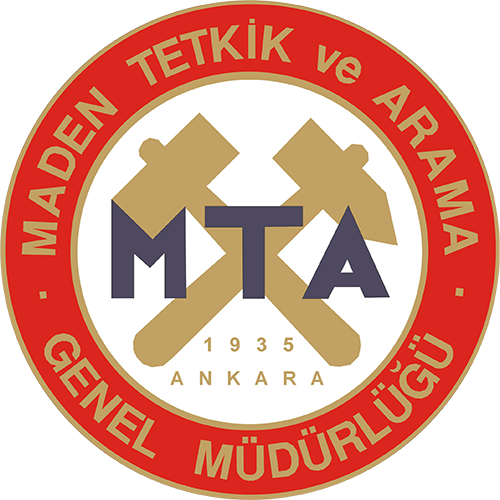Modeling of the complex hydrocarbon traps by the shot domain acoustic finite difference method and data-processing
Karmaşık hidrokarbon kapanların atış ortamı akustik sonlu farklar yöntemi ile modellenmesi ve veri işlemi
Indexed In
Volume 168 / 2022
Authors
Şerife BOĞAZKESEN, Hakan KARSLI
Keywords
Abstract
Numerical modeling studies have a widespread application in exploration seismology in order to understand the seismic reflection responses of hydrocarbon traps formed in relation to tectonic structure, lithological changes and unconformities in complex geological environments and to develop effective data processing strategies. In this study, the seismic modeling of two important hydrocarbon trap models (Granite Wash and Normal Fault Trap) was performed by the Finite
Difference Method (FDM), which provides the solution of the acoustic wave equation. Seismic data models were carried out in the pre-stack shot environment, and the obtained shot data were passed through appropriate data-processing stages to obtain stack and migration (zero offset) sections. By converting the obtained migration sections to depth, the spatial location and dimensions of hydrocarbon traps on the section were determined and it has been observed that they are compatible by comparing with the initial geological models. Thus, the seismic responses of hydrocarbon trap structures were learned, the importance of data processing was understood, and zero offset crosssections were obtained by processing of the generated synthetic shot records. Accordingly, it was observed that it is appropriate to make more and frequent shots in the investigation of granite wash type traps which are thin and short-width, whereas it is useful to make relatively less frequent shots in order to reduce the scattering intensity caused by the discontinuities of the fault type
structures. Consequently, it is thought that before the field study for the hydrocarbon exploration, the modeling of the pre-stack shot instead of the post-stack modeling (zero offset) will contribute to the development of the data processing stages and the testing of the seismic section interpretation. In the future, such synthetic models and data processing will be developed for different complex trap structures and real data.
Click for .pdf
Türkçe .pdf için tıklayınız

